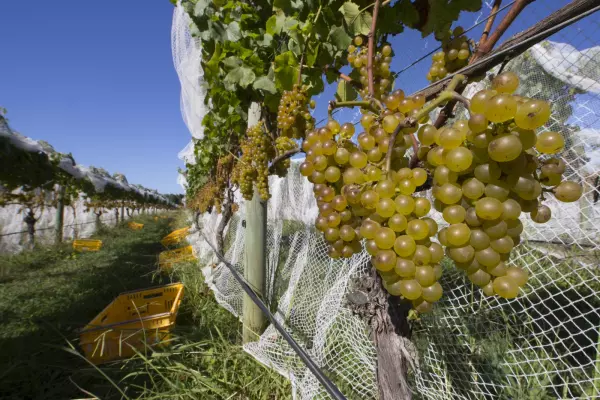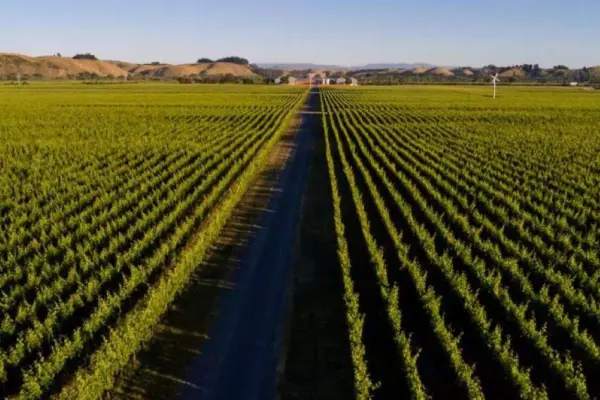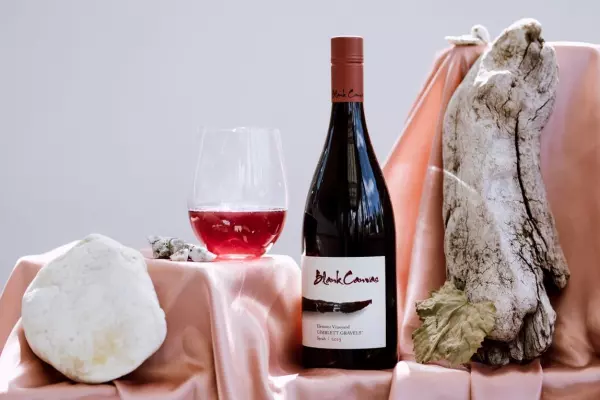The sparkling Italian wine prosecco has enjoyed phenomenal growth in recent years. With sales of around 600 million bottles, prosecco can claim to be the world’s most popular sparkling wine. There are signs that it is beginning to plateau, however, although the imminent production of pink prosecco could breathe more life into the variety.
Prosecco is a white sparkling wine produced in a large area of Italy spanning nine provinces in the Veneto and Friuli-Venezia Giulia regions. It is made from the prosecco grape, which was renamed “glera” in 2009 and can include 15 per cent of other approved grape varieties.
The change of name was intended to prevent wine producers in other countries from planting the grape and producing a prosecco of their own. In Australia, Brown Brothers did exactly that and is currently fighting a legal battle with Italian producers over the right to use the term “prosecco”. “Glera” sounds more like a Russian-built car than a popular sparkling wine. I suspect that Brown Brothers’ sales would tank if they substituted “glera” for “prosecco”.
What does prosecco taste like? Well, nothing really. And that’s the real secret of its success. An Italian wine expert once explained to me that to be hugely successful in Italy, a wine must be non impegnativo, which roughly translates to “it doesn’t demand too much of my attention”. Think about it. All the popular Italian wines, such as pinot grigio, Soave, Chianti, Valpolicella and Bardolino, are not big in the flavour department. They are “cafe wines”. The name of the producer and the vintage are unimportant. You don’t need to peruse a wine list. Simply take a seat and ask for a pinot grigio, Soave or prosecco. The difference between a good and bad prosecco is fairly marginal because they don’t have much in the way of taste or texture. They are just low-priced, easy-drinking wines that suit any occasion.
I like cafe wines and I like prosecco, particularly while in Italy, where it all seems to make perfect sense. Prosecco makes life less complicated.
The driest prosecco is labelled “brut”. “Extra dry” is (confusingly) slightly sweeter than brut. “Dry” prosecco is the least dry. If you find that slightly strange, remember, it’s made in Italy, where passion overrules logic.
There are three popular price bands of prosecco available in New Zealand. The lowest level has “DOC” on the label. Most are below $20, which I think represents great value. The next level (look for “DOCG” on the label) sits between $20 and $30. They tend to be more flavoursome and are a definite step or two up from the less-expensive wines. If you want to taste the very best prosecco, look for the word “Cartizze”, which is a tiny area of vineyards known as the prosecco sweet spot. I’ve found only one example on sale in this country, the 2019 Nino Franco Prosecco “Cartizze” on sale at Posh Slosh in Westmere, Auckland, for the reassuringly expensive price of $70.
Coming soon to a store near you: pink prosecco. Pink prosecco can be made from glera grapes and up to 15 percent pinot noir. It has just been released in the UK and should be on local shelves fairly soon. I can’t wait to taste it.
Bob’s Top Picks
Investment Wine

2017 Prophet's Rock Cuvée Aux Antipodes Pinot Noir, Central Otago, $118
Made by Frenchman François Millet – who hails from the village of Chambolle-Musigny in Burgundy – using equipment that he chose and brought to New Zealand from his home region. Bright, linear pinot noir that’s dense and taut, with lovely acidity. Very attractive floral and dark cherry flavours. Wonderful purity. This wine has the X-factor.
Weekend Wines
Top White

2019 Clos Henri Sauvignon Blanc, Marlborough, $34
Clos Henri was established by successful Sancerre producer Henri Bourgeois. Tangy, flavoursome sauvignon blanc with gooseberry, green capsicum, lime, ginger, oyster shell and guava flavours. Bright, lively and quite textural wine with an impressively lingering finish.
Top Red

2019 Lake Hayes Pinot Noir, Central Otago, $29.95
Vibrant, tangy pinot noir with black cherry, cranberry, raspberry and a hint of floral flavours. A backbone of zesty acidity gives the wine energy and drive. Pinot with purity and character. Offers value at this price.
Read more from Bob at therealreview














